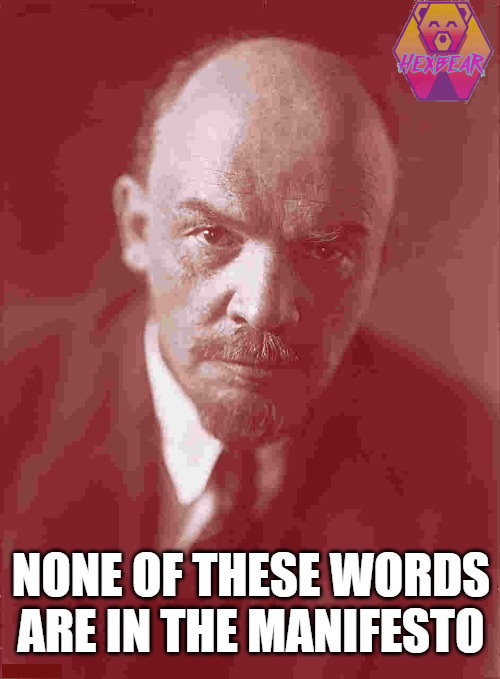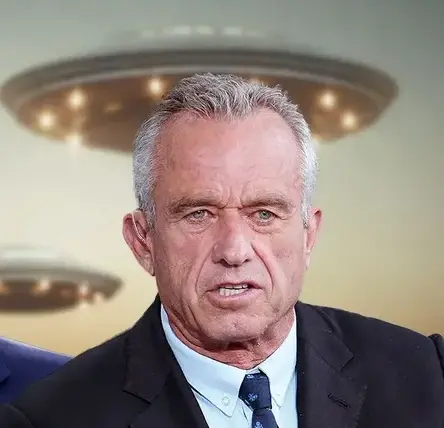The suburbs emerged after WW2 to further enmesh white petty bourgeois and wealthier elements of the white working class into the imperial capitalist system. White flight was an opportunity; it offered these comfortable white cohorts a chance to become property owners and to escape the increasingly Black and Latine urban cores, which they associated with crime, violence and poverty.
Your Freddy Kreugers, your Friday the 13ths, your Stranger Things are all that violence coming back to pierce the suburban facade of homogenous safety. They’re expressions of white petty boug’ (and labor aristocracy’s) fear of The Other, and a warning that the world past Elmdale Lane is hostile and best left unexplored.
If this is a case of “person realizes something everyone already knew” please let me know.
i think it’s so implicit that it flies under the radars of most critics
Yup. Among many other things, like symbolicly punishing the youth for resisting their elders reactionary attitudes.
But Halloween’s Michael Meye’s is just a totally inexplicable evil from no where who hurts people to give suburbanoids the thrill of thinking they might come under threat.
One thing supporting the horror fan genre is a lot of them love the underlying psychology of these movies and will happily discuss it along the gore and b-horror casting.
Watch the OG Candyman if you haven’t already, it’s an interesting inversion of the white suburban horror and I think was a direct commentary regarding it.
I read an essay on it that argued that candyman was a horror movie about the intentional neglect and abandonment of socialized, racialized housing projects and the despair and horror that abandonment bred.
That is another valid interpretation as well, especially given our main character (a white woman) interacts with the mythology in a voyeuristic way when the community itself already knows full well the horror it suffers in and who’s knowledge and warnings are left unheeded.
Your Freddy Kreugers, your Friday the 13ths, your Stranger Things are all that violence coming back to pierce the suburban facade of homogenous safety.
I think it is worth visiting the original runs for Nightmare on Elm Street and Friday the 13th to get the nut of what fears they represent.
NoES builds its brand on the ideas of physical and emotional exhaustion, describing horror through helplessness. Even the climax - initially portrayed as individually empowering, as the clever survivor outwits the monster - reveals itself as a fascade and catches the audience at its most vulnerable.
The suburban setting is incidental to the core idea of being young and vulnerable.
F13 is an intergenerational morality play about teenagers having sex. Less violence coming to the suburbs, this is more a kind of Protestant Wrath of God, with horny teenagers getting their comeuppance.
NoES builds its brand on the ideas of physical and emotional exhaustion, describing horror through helplessness. Even the climax - initially portrayed as individually empowering, as the clever survivor outwits the monster - reveals itself as a fascade and catches the audience at its most vulnerable.
I never actually saw the original movie. You can spoiler tag it, but what happened in the climax exactly?
spoiler
After dragging Freddy into the waking world, the surviving heroine concludes that Freddy can only hurt you if you’re afraid of him. So she consciously turns her back as he charges her, willing herself to calmness, and he vanishes in a puff of logic.
The next scene is surreal, as she reunites with the loved ones Freddy killed. She climbs into her boyfriend’s car, but as they drive away the car locks itself and starts speeding uncontrollably. Freddy bursts through the window and the movie ends.
It’s one of the most notorious horror movie plot twists.
Even reading that gave me chills. Damn. :scared:




